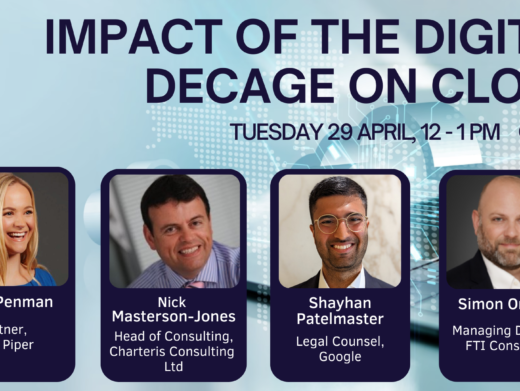The outsourcing market certainly remains vibrant and active. Whilst still down on its original “peak” years pre pandemic, the facts and figures for deal activity in the global outsourcing industry make for encouraging reading:
- ISG is one of the world’s leading sourcing and outsourcing consultancy organisations, and they produce detailed quarterly figures to set out their data on the outsourcing market in particular. In their most recent report from October of this year, they noted that global combined annual contract value (ACV) for the third quarter of the year was up 40%, to a record $21.8 billion
- A significant element of this was caused by the continued growth in the “as a service” model for outsourced services; this was up 55%, to a record $13.4 billion
- Although IT specific outsourcing continued to grow (to $6.1 billion), that was up only 18% from the previous year, and was actually down slightly from the previous quarter
- Although “mega deals” (i.e. those valued in excess of $100m) may be still rare beasts, they have not gone away completely; ISG recorded six such deals in the third quarter of 2021
And outsourcing still seems to be viewed as a success rather than a “necessary evil”; Fortunly’s “Key Outsourcing Statistics” report (also released in October 2021) recorded that 78% of respondents felt “positive” about their outsource service providers, with 44% of CIO’s interviewed saying that they were now more likely to use outsourced services than they were 5 years previously.
So what is driving it? Perhaps not surprisingly, Deloitte’s Global Outsourcing Survey suggests that cost is still the primary driver (and indeed it is difficult to recall any outsourcing project which resulted in a deliberate INCREASE in costs). However, it is not now a matter of simply securing cost reductions through labour arbitrage and having work done in lower cost jurisdictions. Deloitte’s study also highlighted the following other key factors:
- Prioritizing talent by focussing on better employee experiences
- Leveraging digital enablers and the capabilities of A.I and Robotic Process Automation (RPA)
- Focussing on standardisation and process efficiency
- Increasing resilience
It is essential that the lawyers involved with such projects – whether on the customer or supplier side – are fully cognizant of the balance of these factors for any particular outsourcing engagement. Depending on the key objectives, the provisions of the contract may well end up being very different (or at least they should do!).
At the same time, lawyers also need to be fully aware of the changes to the moving parts in such deals, and particularly the impact of AI and the shift to a more ESG driven focus. New developments in outsourcing drafting are now being seen in terms of requirements associated with transparency and traceability for automated decision making, reporting on carbon footprints and percentages of renewal power source usage, and requirements associated with the assurance of avoidance of machine-induced unconscious bias. The new EU Regulation on AI – if enacted in its currently envisaged form – would certainly provide additional impetus in this regard.
This article was first published in the Outsourcing Focus issue, December 2021, which you can download here (log-in required).
Kit Burden, Partner, (Technology & Strategic Sourcing) Global Co-Head of Technology Sector, DLA Piper




